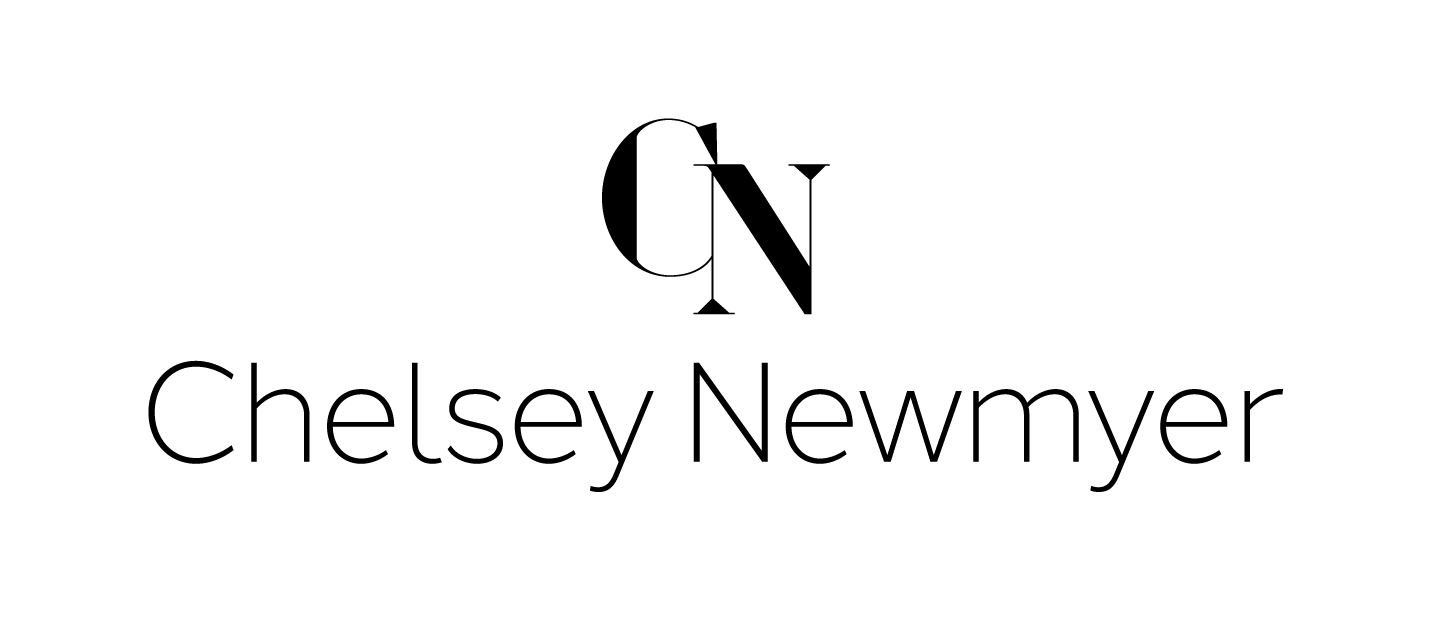How To Create and Implement A Flexible Schedule For Your Life & Business
In the dynamic landscape of life and work, maintaining a flexible schedule is a crucial skill for reducing stress and achieving a delicate balance between professional and personal life. This post and podcast episode explore the significance of having a flexible schedule and outline practical steps to achieve it.
How to Achieve a Flexible Schedule:
1. Maximize Good Days:
One way to embrace flexibility is by capitalizing on unexpected high-energy or interruption-free days. On such days, reevaluate your to-do list, focusing on tasks that require concentration. Save lighter tasks for days when distractions are more likely, creating a balance that optimizes productivity.
2. Reflect on Peak Performance:
Exercise a reflection exercise to identify the conditions that lead to peak performance. Recall the last time you felt in the zone—focused, efficient, and sharp. Replicate those conditions on unexpected good days to enhance productivity and create a positive work environment.
3. Build in White Space:
When structuring your day, assign specific time blocks for different activities. Designate focused work periods, meeting times, and personal hours, but leave room for flexibility. Consider external factors and build in white space, allowing for unexpected interruptions or opportunities.
4. Embrace Tools:
Leverage tools such as scheduling apps, project management tools, and communication platforms to enhance flexibility. Whether digital or analog, a well-organized task list serves as a guide for the day. Prioritize tasks and maintain flexibility by adjusting the plan if unexpected events occur.
5. Set Realistic Boundaries:
Establish clear boundaries between work and personal life to maintain a healthy balance. Communicate these boundaries to colleagues and loved ones, setting expectations that contribute to preventing burnout. Recognize the control you have over your schedule and use it wisely.
6. Regularly Evaluate and Adjust:
Flexibility requires adaptability, not chaos. Regularly evaluate your schedule to ensure alignment with goals. Be open to adjustments based on changing priorities and circumstances. Embrace the concept of "procrasti-planning," finding the right balance between planning and being open to necessary adjustments.
Conclusion:
A flexible schedule is a powerful tool for working smarter, not harder. It involves aligning your time with priorities and being resilient in the face of life's uncertainties. By maximizing good days, reflecting on peak performance, building in white space, embracing tools, setting realistic boundaries, and regularly evaluating and adjusting, you can master the art of flexibility. Remember, flexibility is about being adaptable, not rigid, allowing you to navigate life's twists and turns with grace and control.
Thrive Through Simplicity
Are you tired of feeling overwhelmed, burnt out, and constantly chasing after time?
Do you find yourself trapped in a cycle of overworking, procrastination, and people-pleasing, only to feel like you’re never truly in control of your life and business?
Is your business bogging you down because it feels complicated and confusing, and you’re busy all day but not checking anything off the list?
Then this 12 month group coaching program is for you. It’s time to go from being overwhelmed and burnt out, to having a simple, easy, and profitable business.
Find out more here.
Free Resources
Grab Chelsey’s free guide on How To Create Your Ideal Day
Schedule a free 30-minute consultation call with Chelsey so that you can create a booked-out business without burnout.
Connect with Chelsey Newmyer
Website: https://chelseynewmyer.com/
Instagram: @chelseyncoaching

